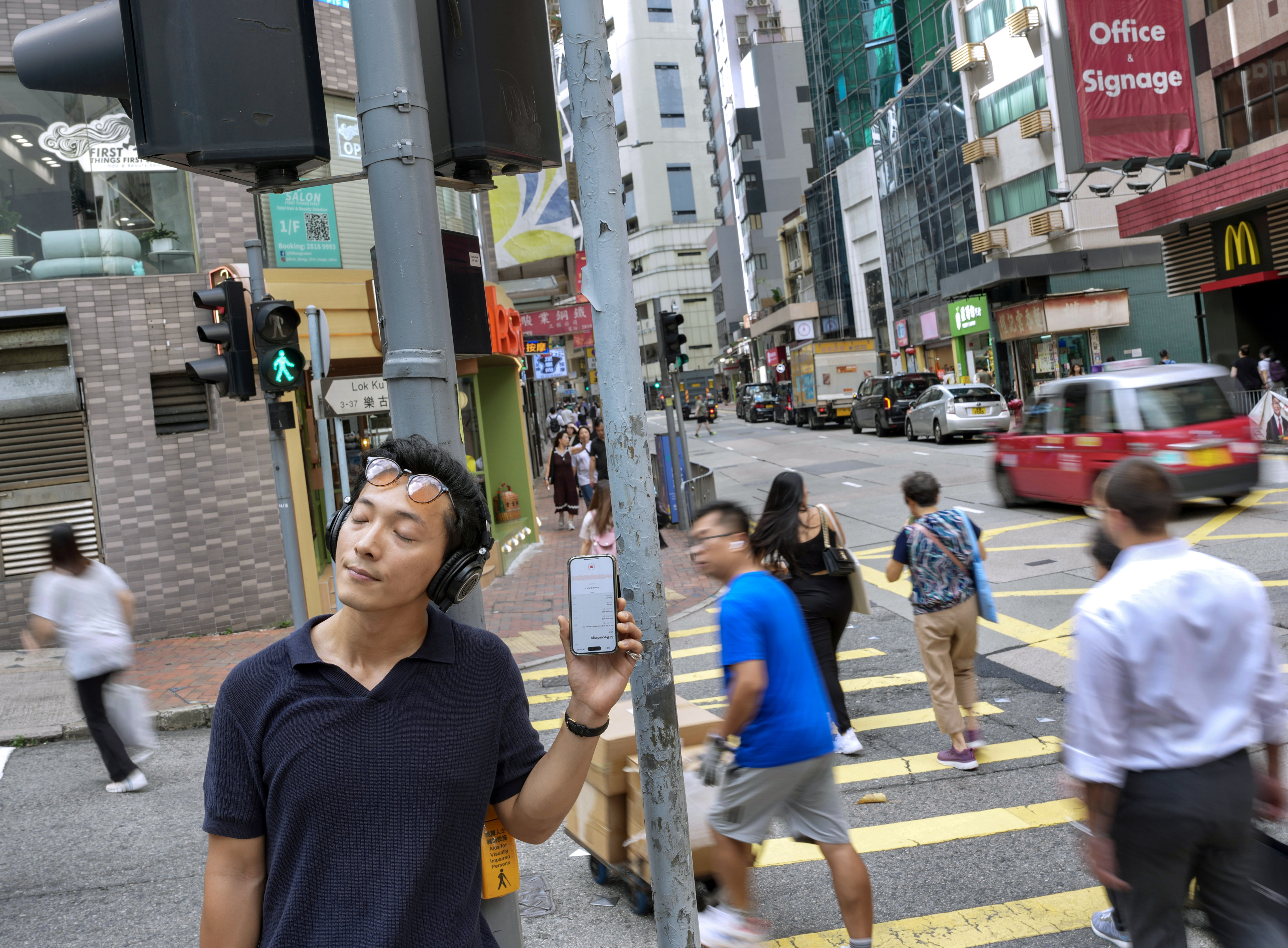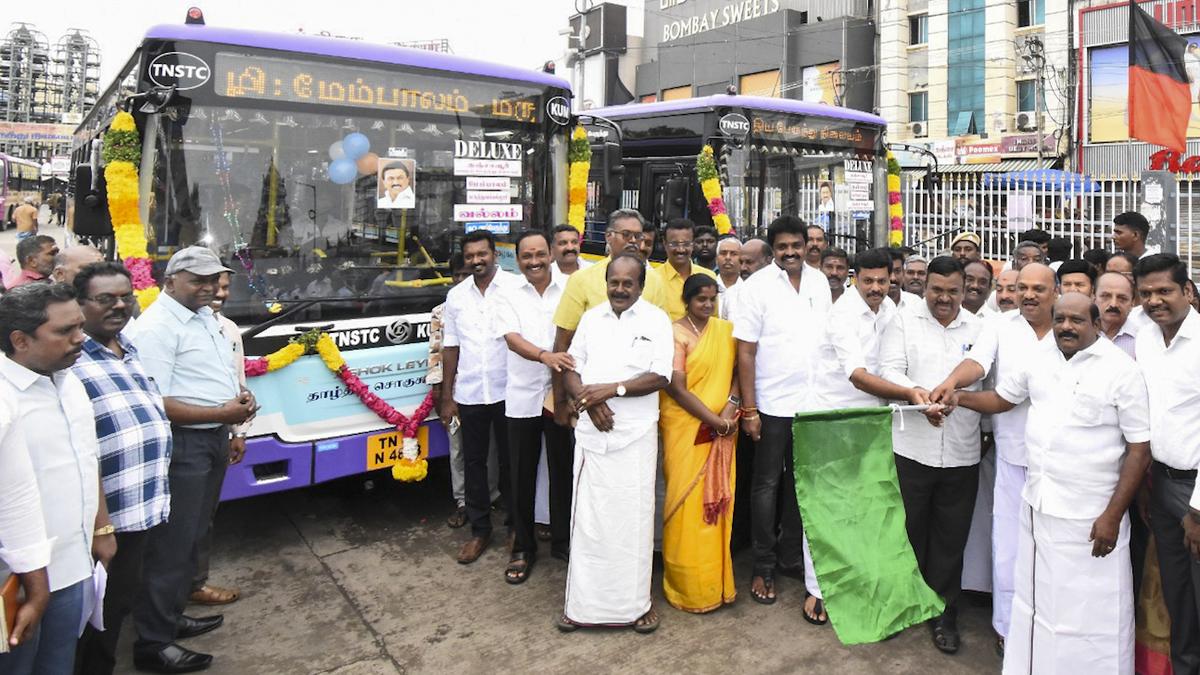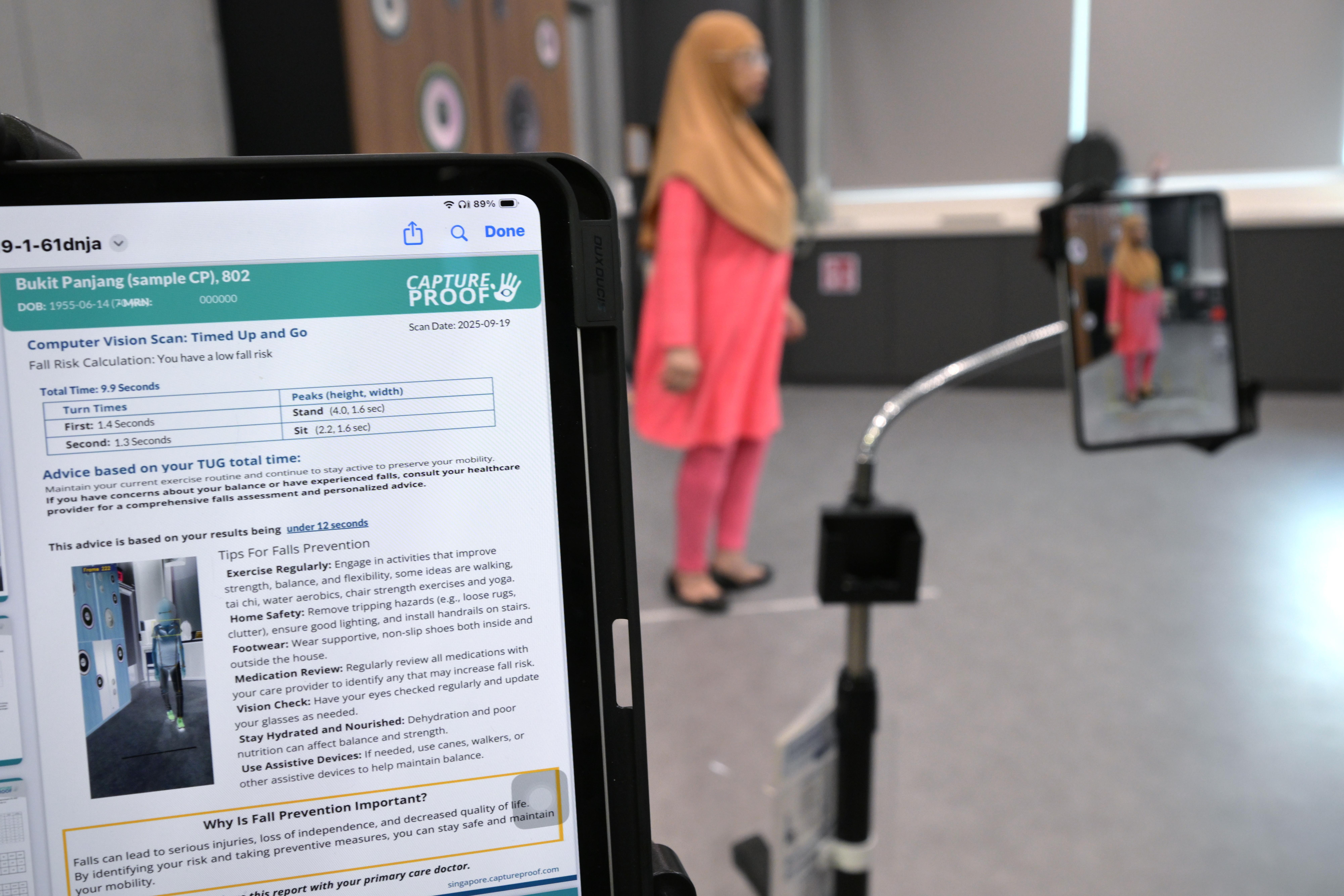By Lo Hoi-ying
Copyright scmp

Walking around the streets of Hong Kong, you might notice a man curiously holding out his phone and pointing it towards the sky in the middle of the crowd.
To Laurie Lau Kwok-hong, the incessant ticking of traffic lights, the jingles in MTR stations and even the “tsks” of annoyed commuters all have endless potential to be transformed into notes that form the harmony of the city’s soundscape.
Indeed, what others consider noise pollution in a densely populated city like Hong Kong is often music to Lau’s ears.
The 27-year-old musician went viral on social media in April for recording noises he heard around the city and remixing them into music.
In his most viral video, part of a series called “Have a Good Day” with over 1.7 million views on Instagram, Lau stands by the gantry in the MTR, the train doors and the tactile map for the visually impaired, and records sounds before combining them into a song.
The video was well received, with many praising Lau for his creativity, while some also joked that the repetitive noises of Hong Kong’s public transport system reminded them of the “trauma” of commuting at peak hours.
“I felt a huge sense of achievement as I was able to bring joy to people through the video, even though Hong Kong is so fast-paced,” he said.
Lau, a “slasher” or freelancer with multiple jobs, works on his music production while taking up NGO projects.
He said he wanted to “just have fun” with the series and remind Hongkongers to slow down and notice their surroundings.
Since then, he has had opportunities to collaborate with various brands and organisations interested in his unique concept, including the Hong Kong International Airport.
Lau spoke fondly of his childhood growing up in Fanling in the New Territories, where he had the freedom to frolic around creeks and mountains, and where nature made up the greater part of his soundscape.
“I started learning the piano when I was 12 and I don’t think I am especially sensitive to sounds, but I have had the idea of collecting sounds and playing around with them since a few years ago,” he said.
“When a sound is paired with a creative post-production process, it can transform from a question mark into whatever you want it to be.”
During his travels, Lau also experimented with sounds he collected from Seoul in South Korea and Tokyo in Japan.
“You will notice that the sounds of their traffic lights, or the footsteps of their pedestrians, are very different,” he said.
“The people also make up a huge part of the experience, and the emotions you feel when exploring a city.”
To Lau, the sound of bustling traffic on Hong Kong’s streets, the hiss and thud of MTR doors when they close, and the whir of escalators inside the stations, are all sounds he considers unique to Hong Kong.
While some might consider the city’s noise pollution oppressive, Lau said a change of perspective could offer a new way of coexisting with situations that usually made people unhappy or uncomfortable.
For instance, Lau said construction sites, or other parts of the city that were very noisy, used to cause him anxiety, but he is now able to perceive them in a different way.
“Let’s say if you hear something that is really noisy … how do you transform and channel those feelings of annoyance?” he said.
“This is also the purpose of the ‘Have a Good Day’ series. I hope it helps people detach from the pressures of daily life, so they can pause for a moment and smile.”



